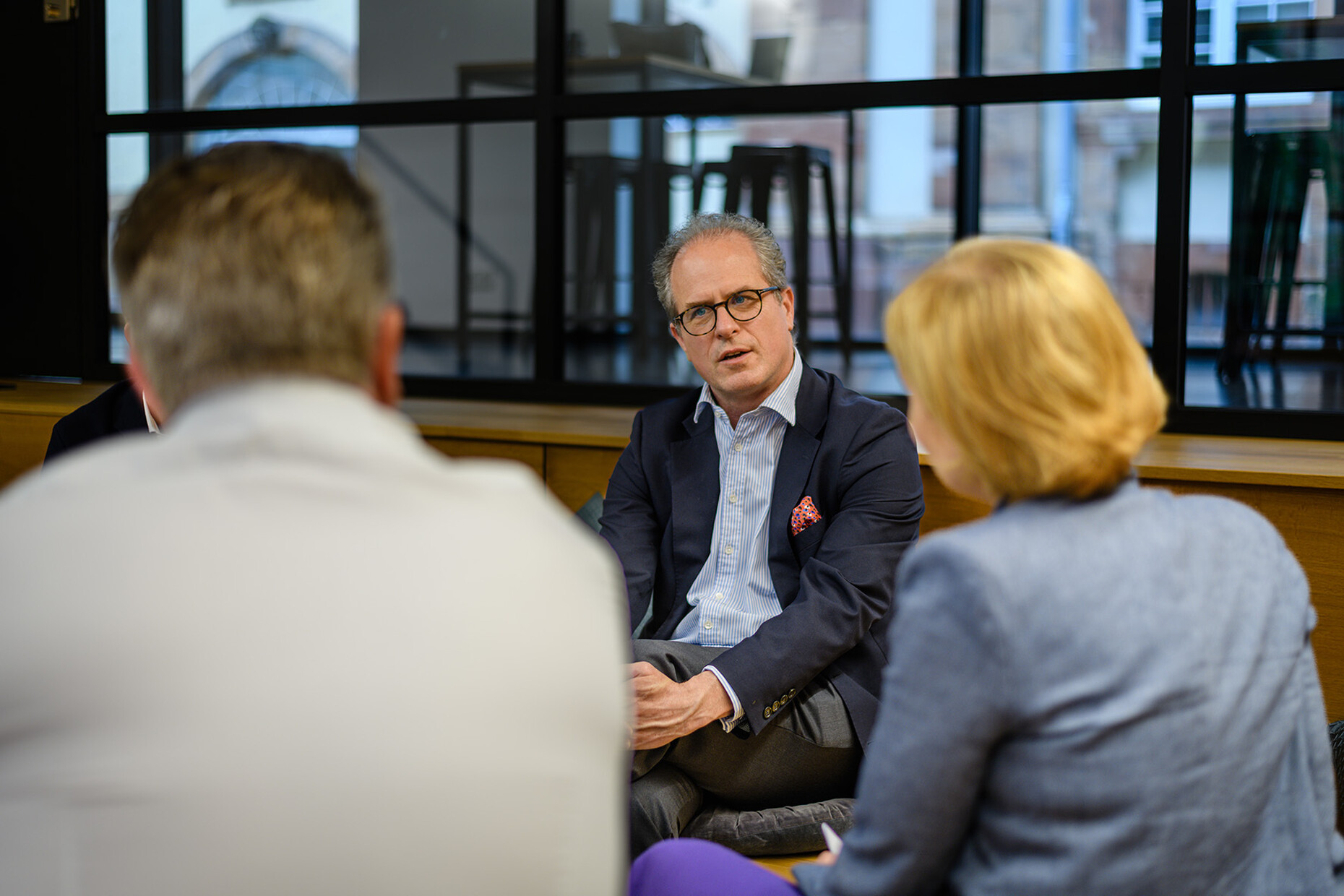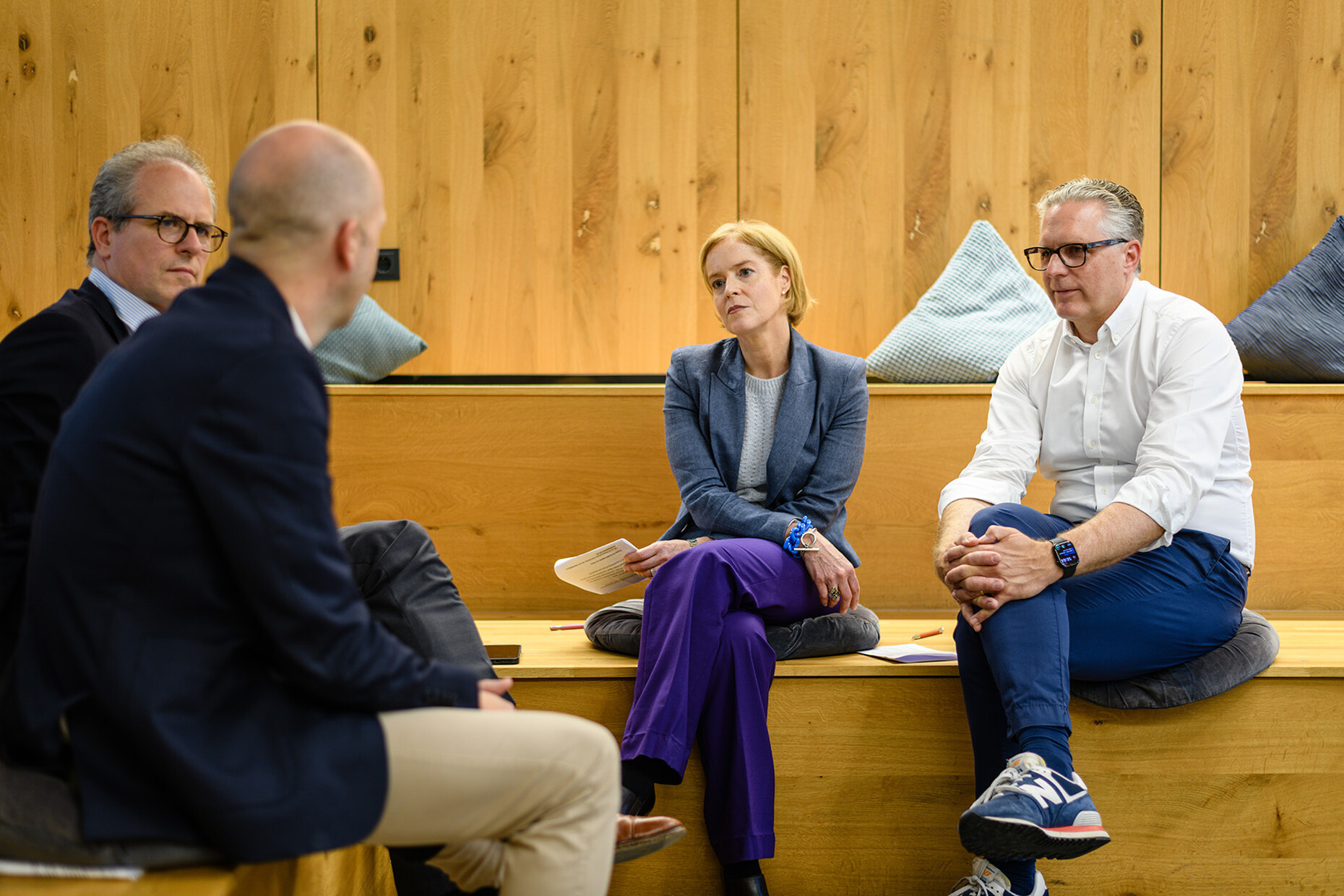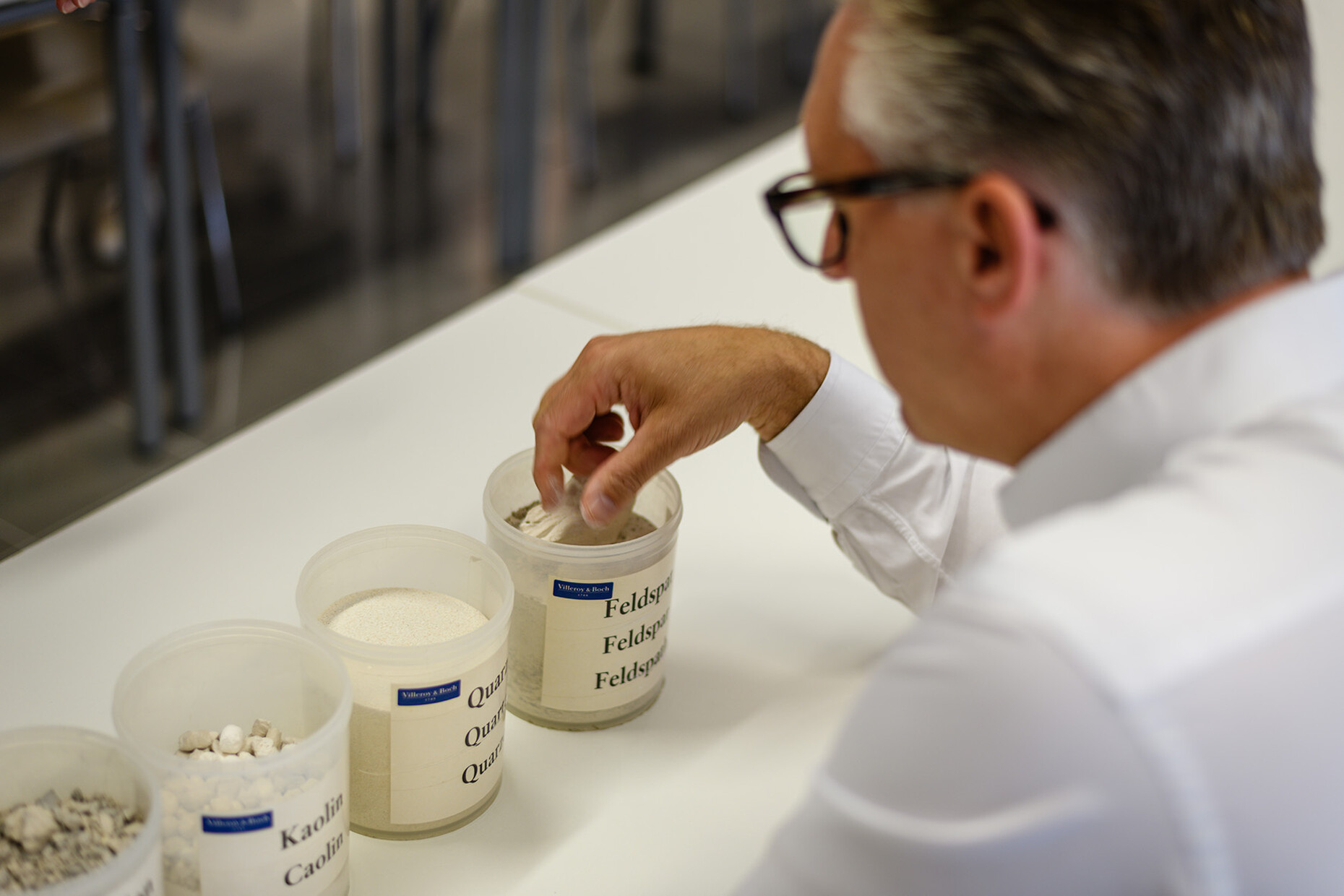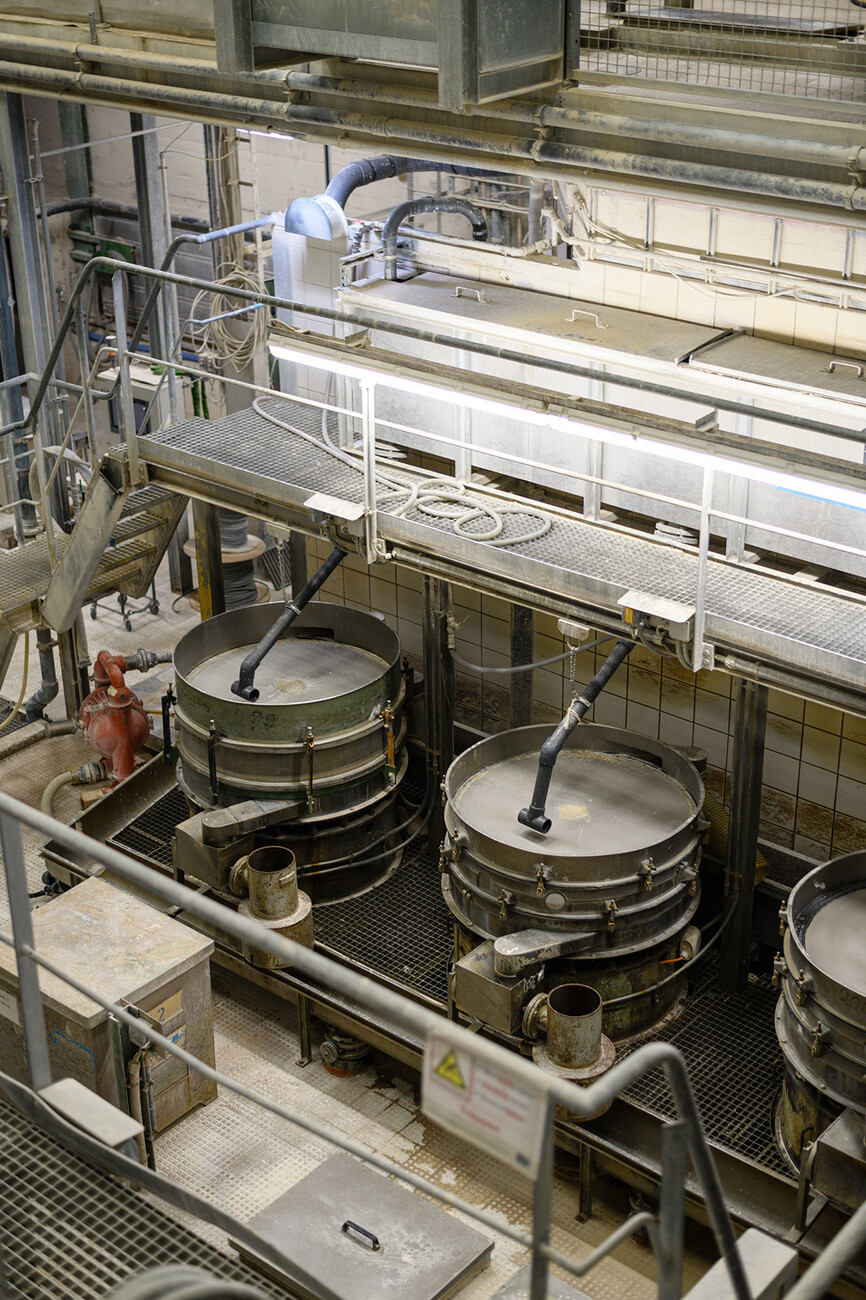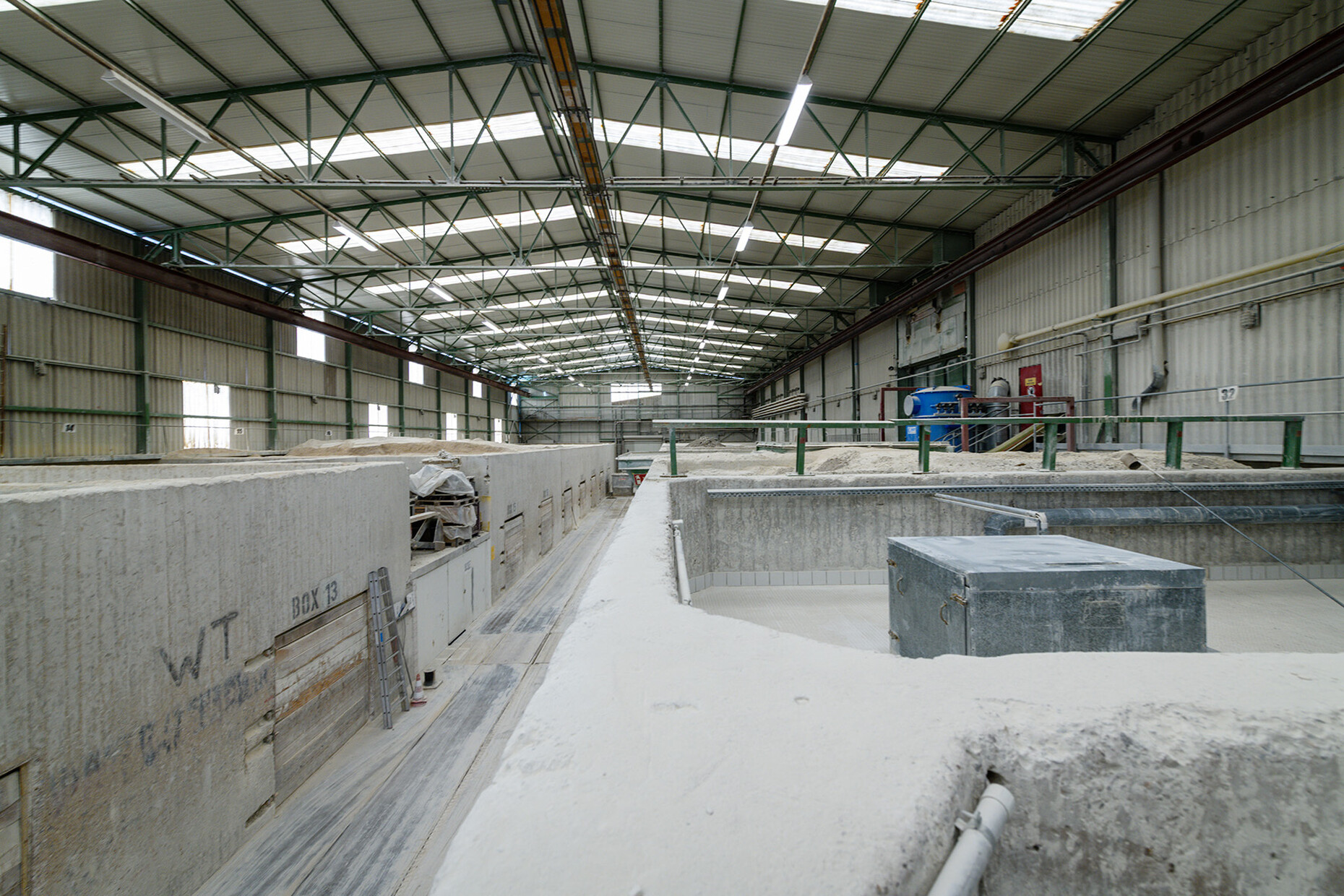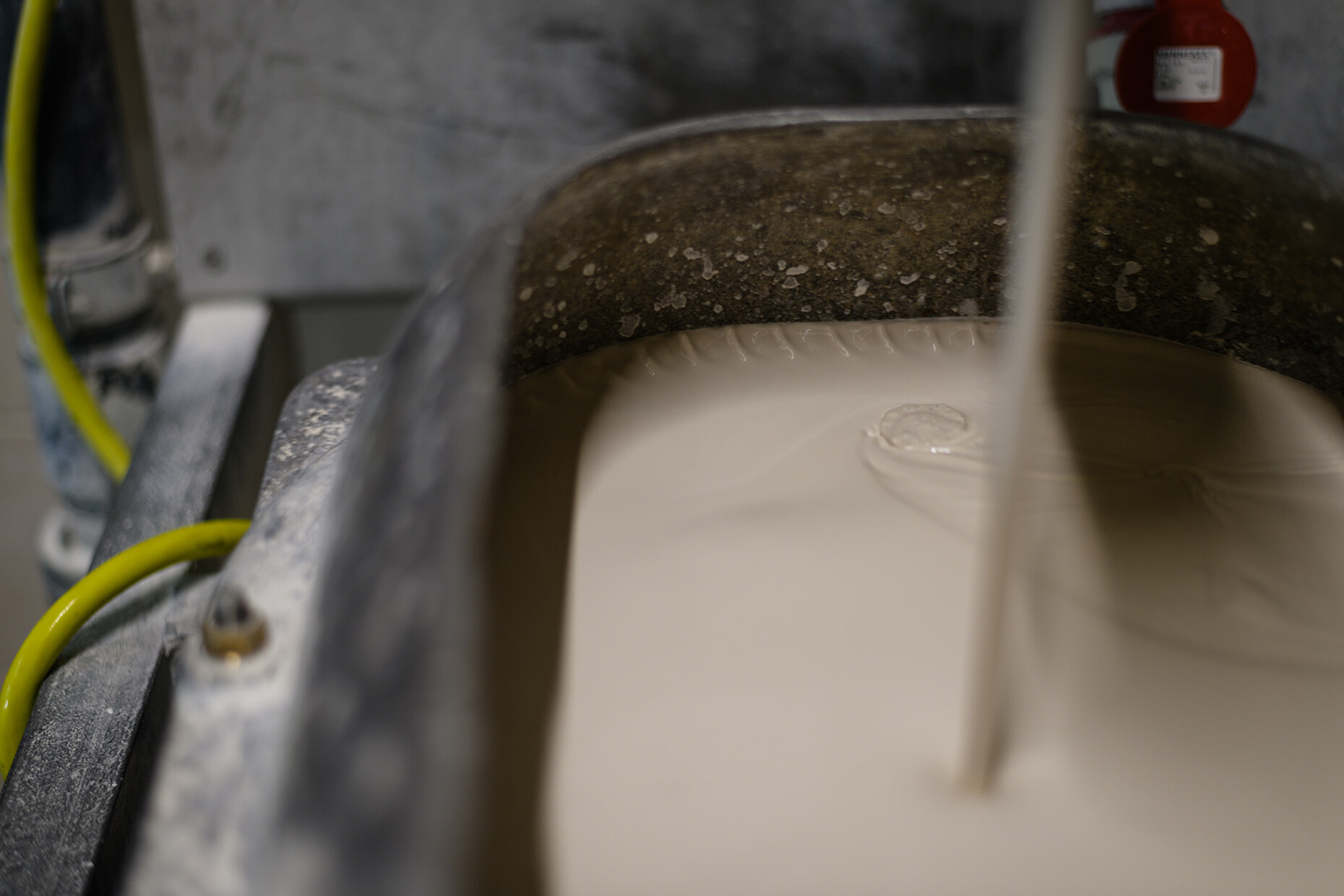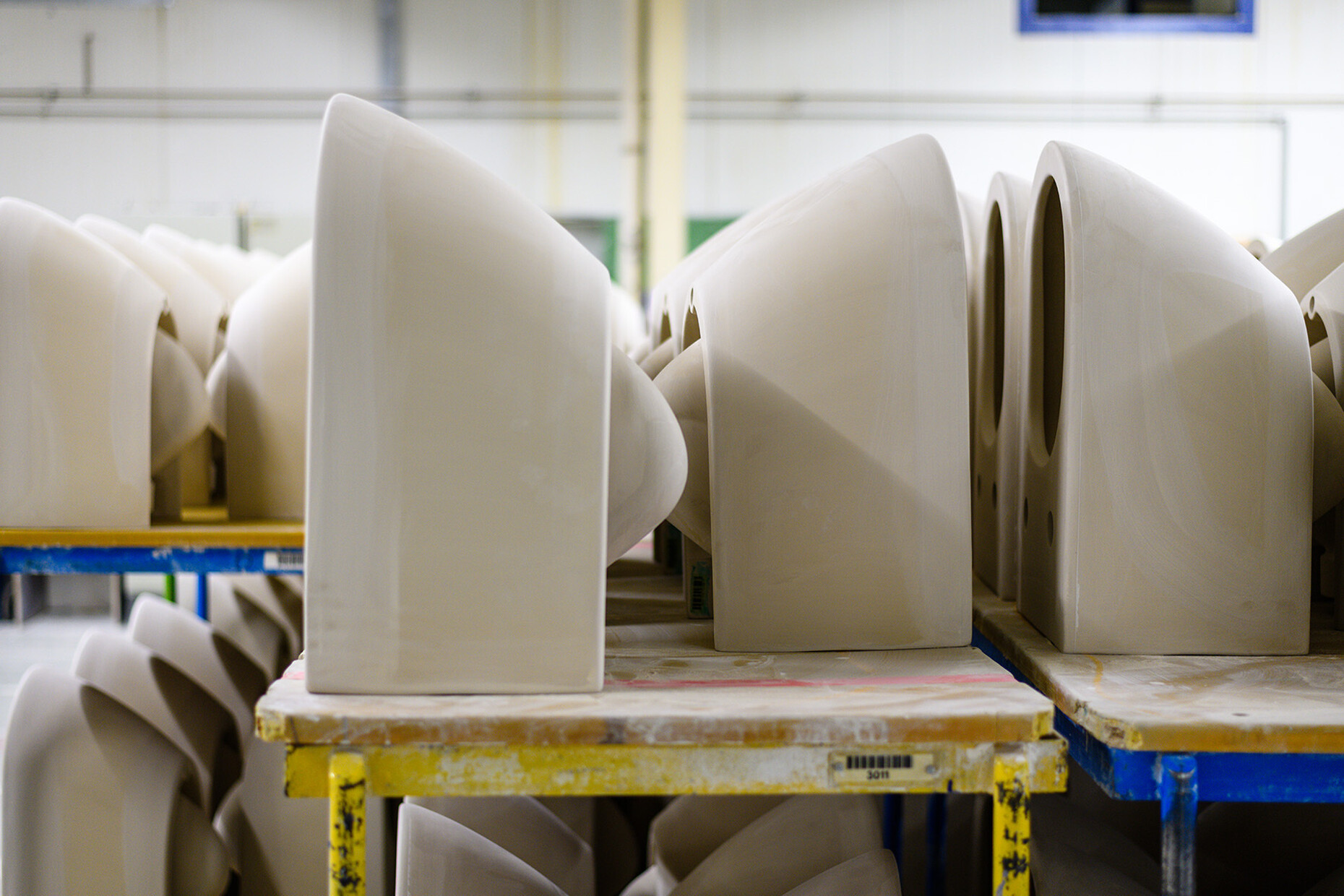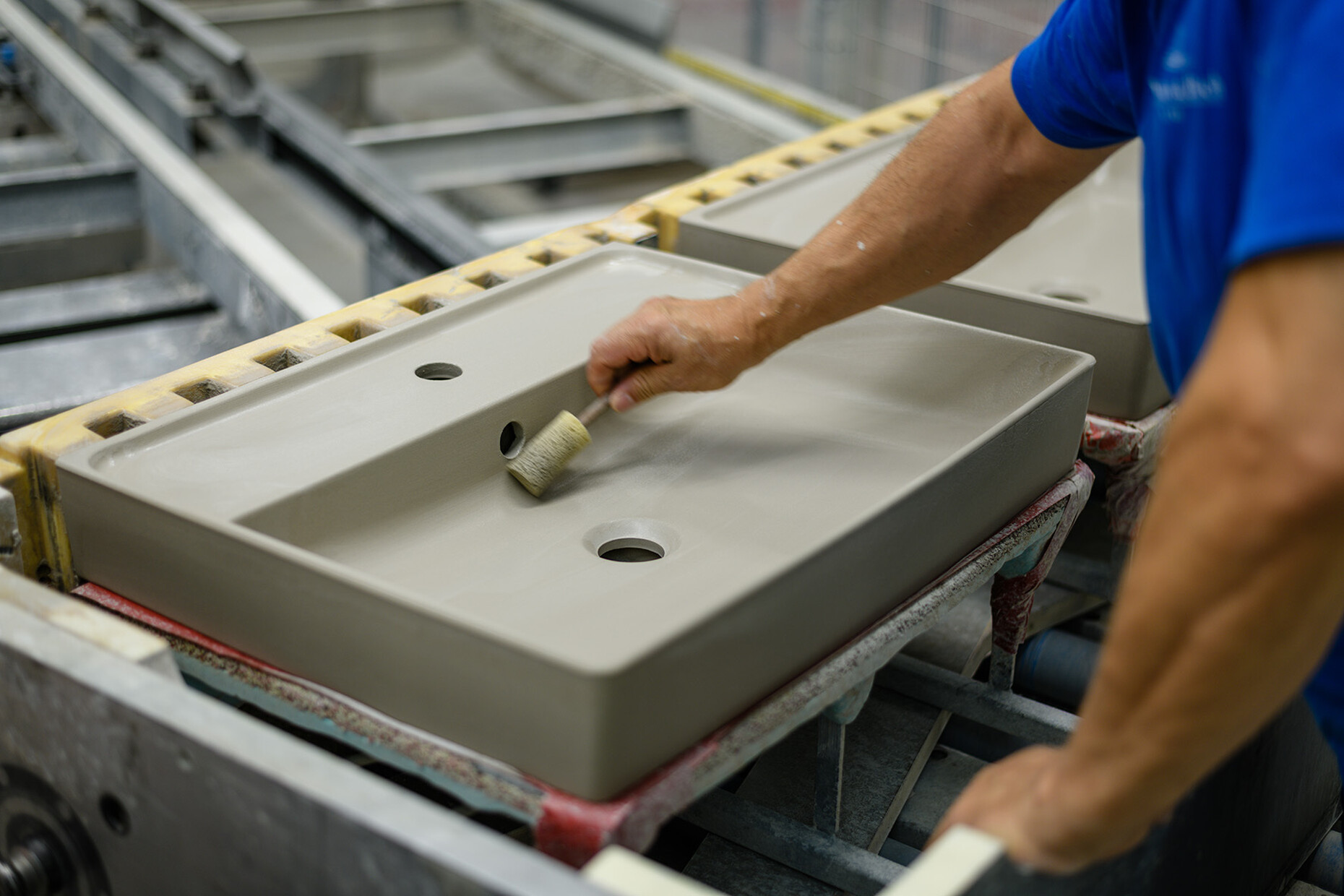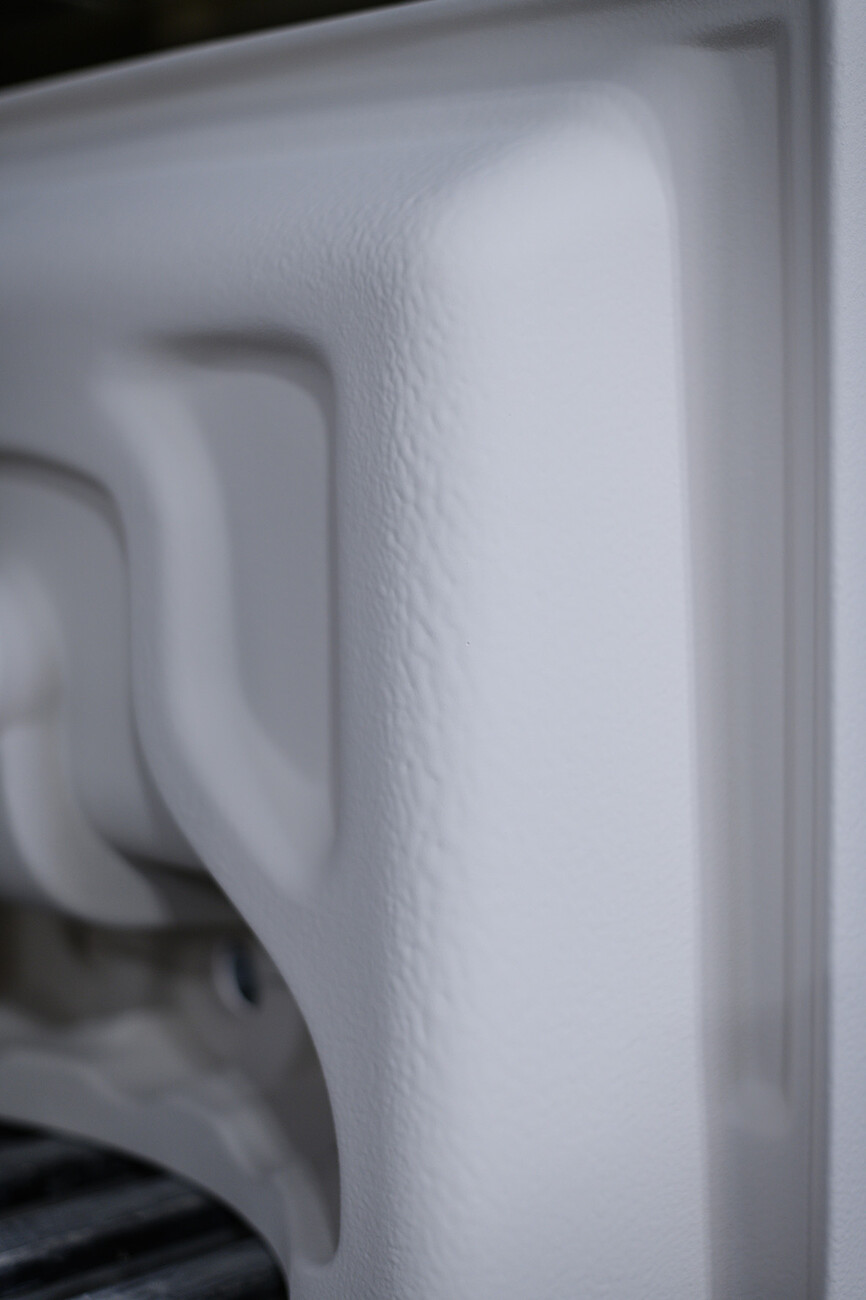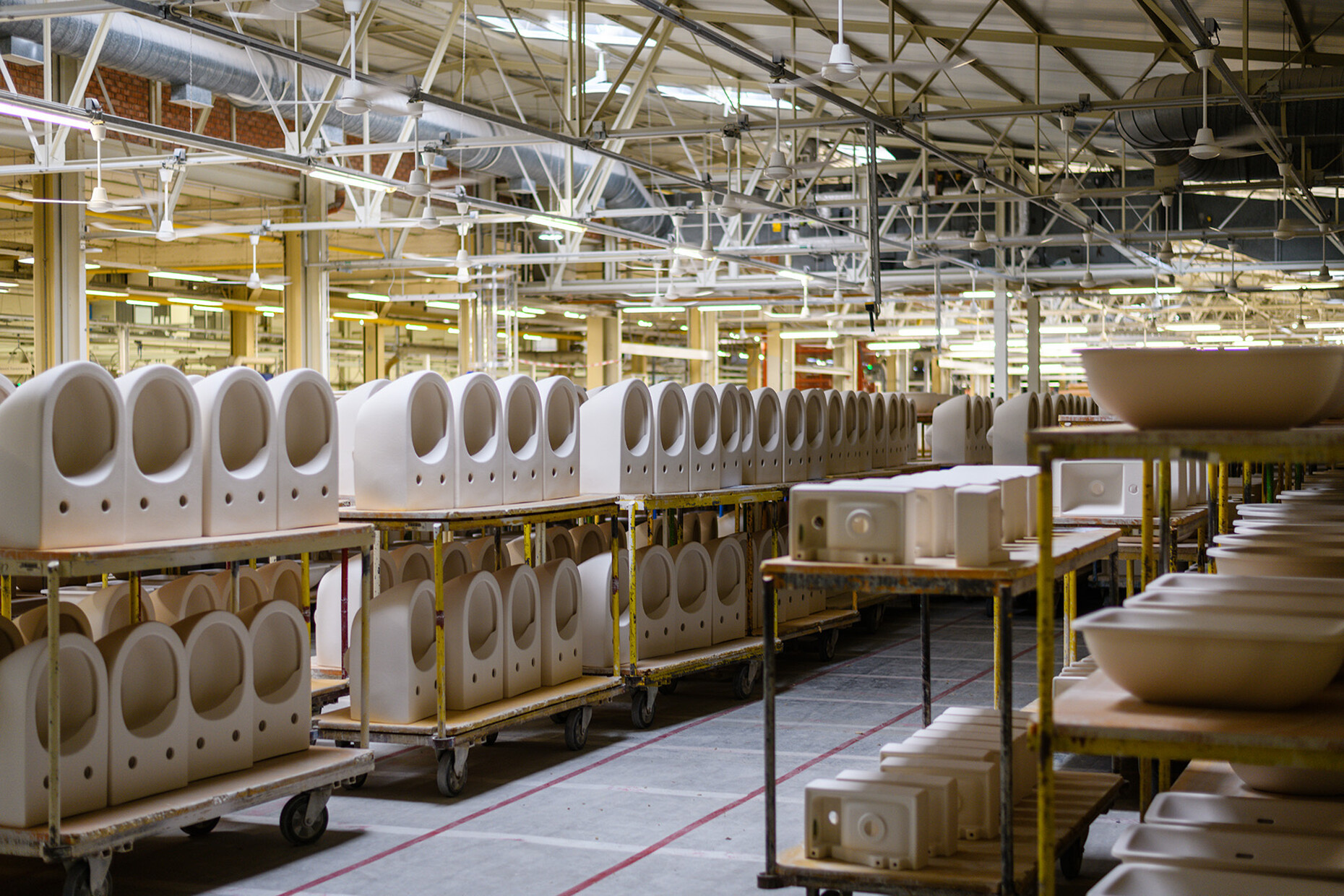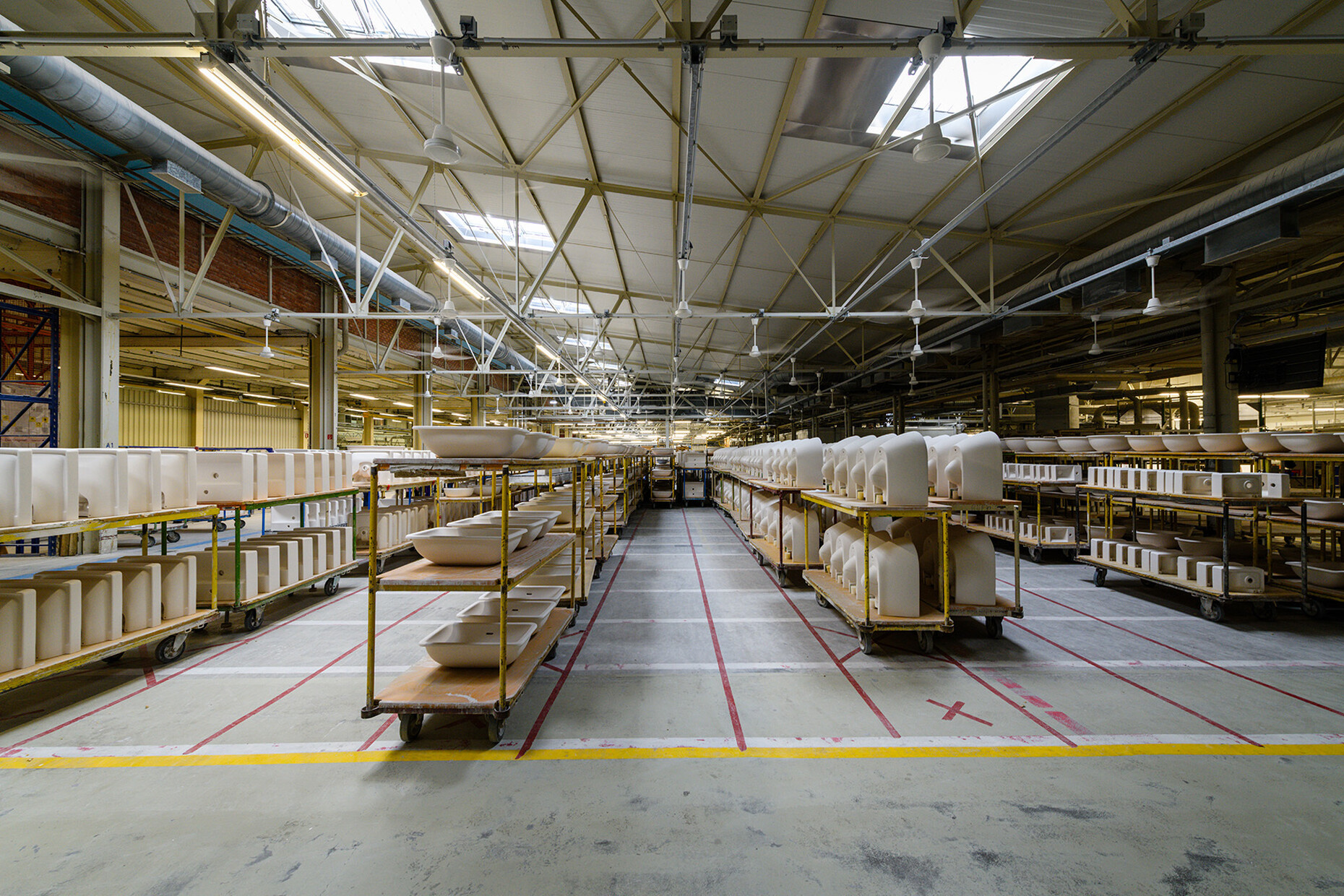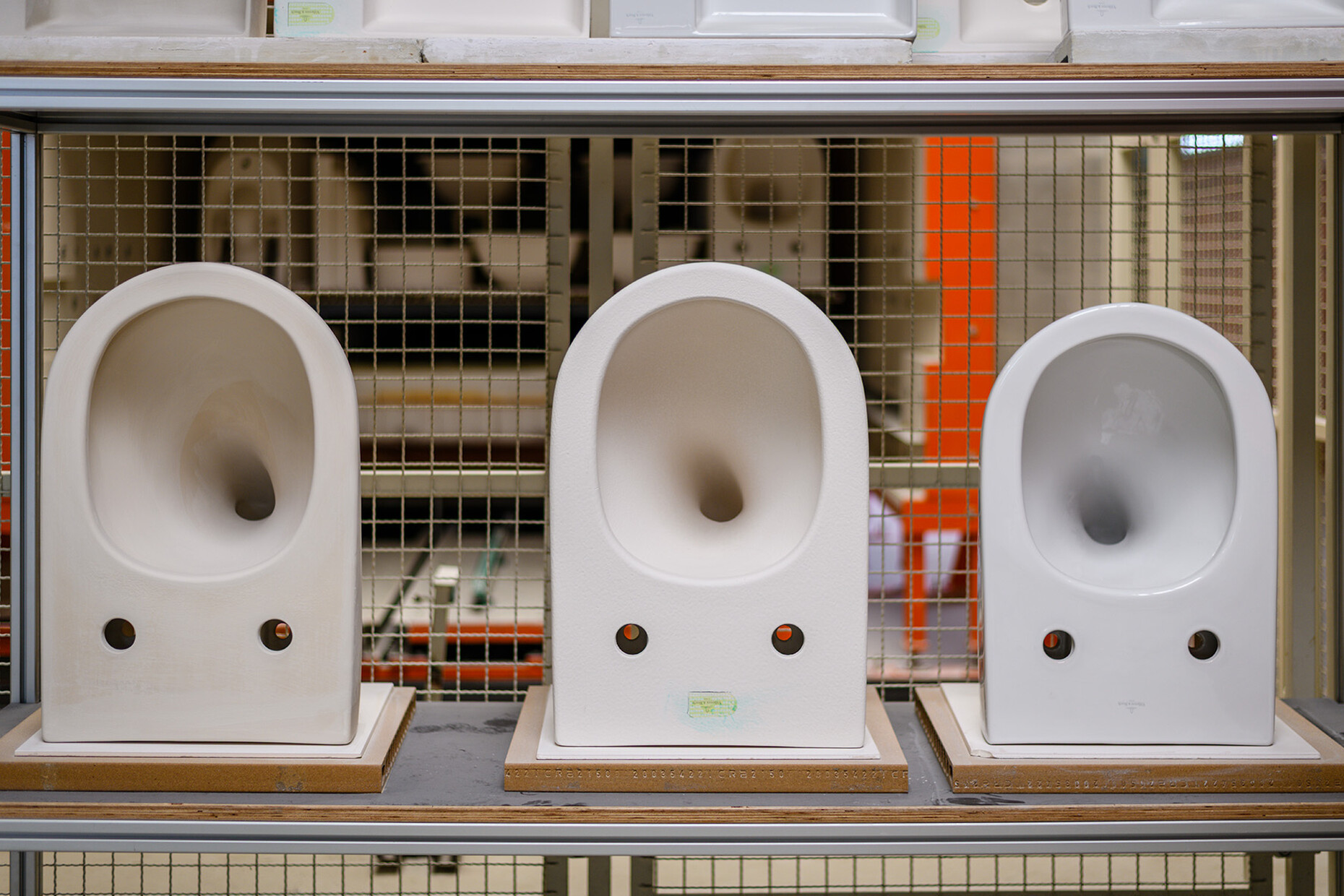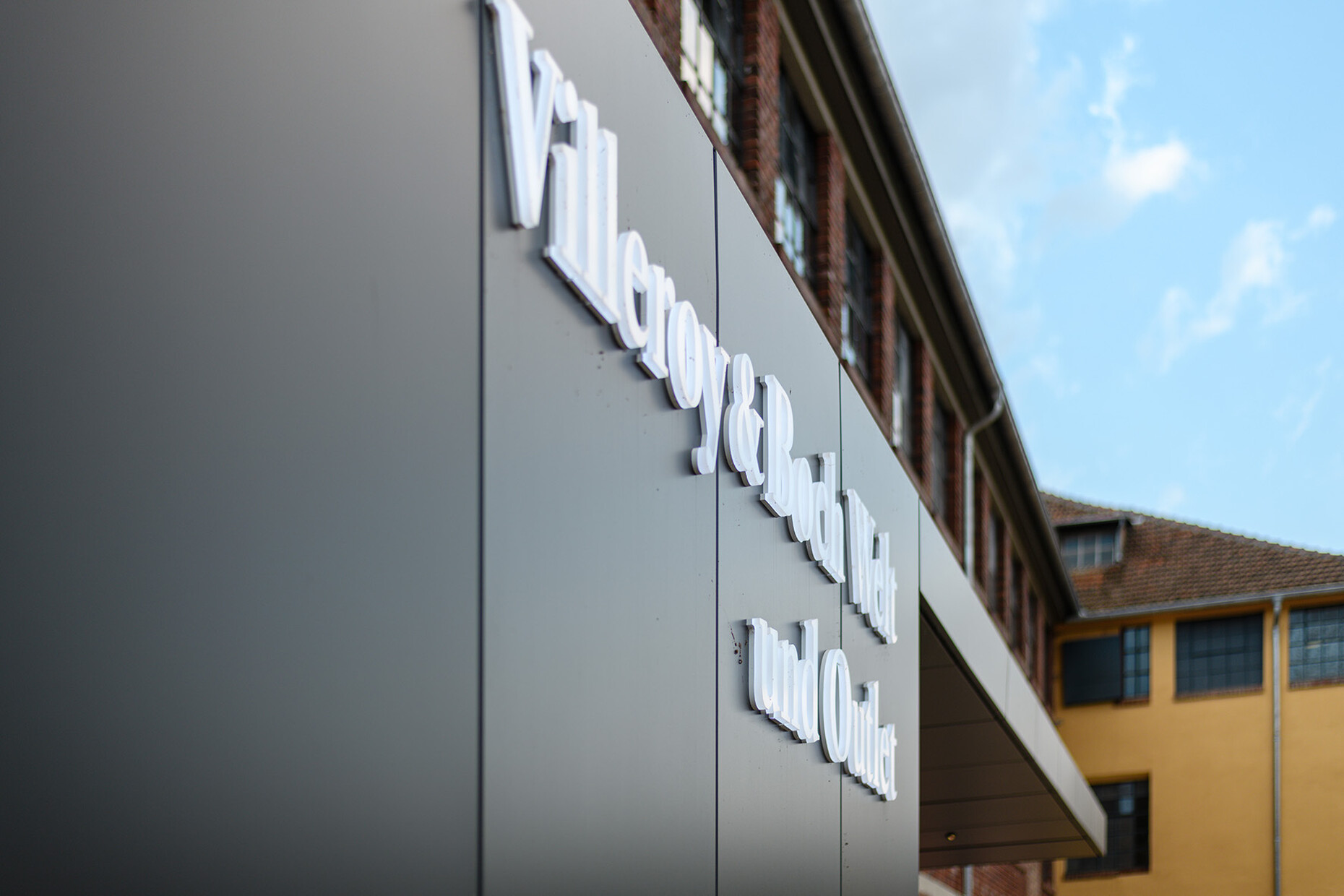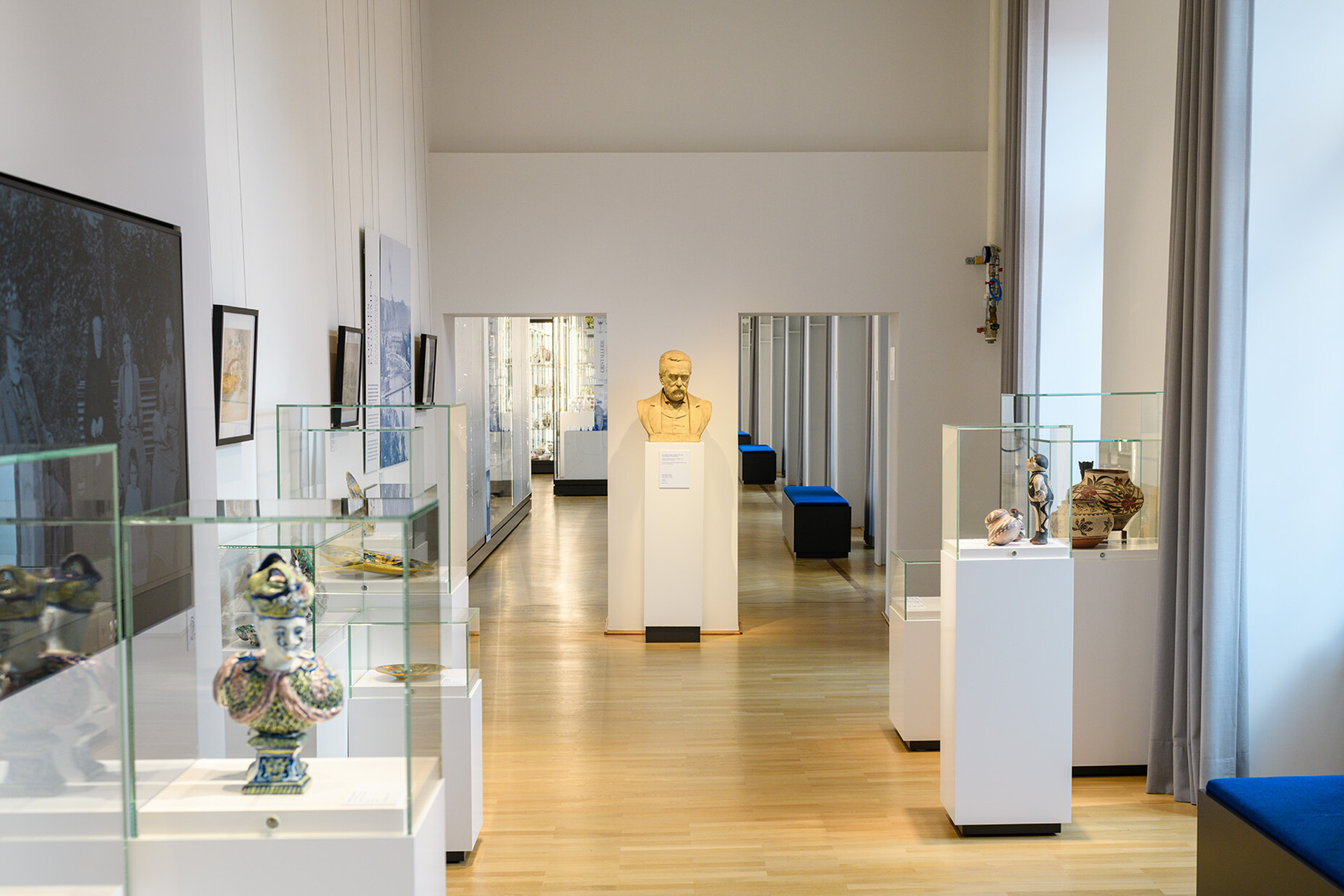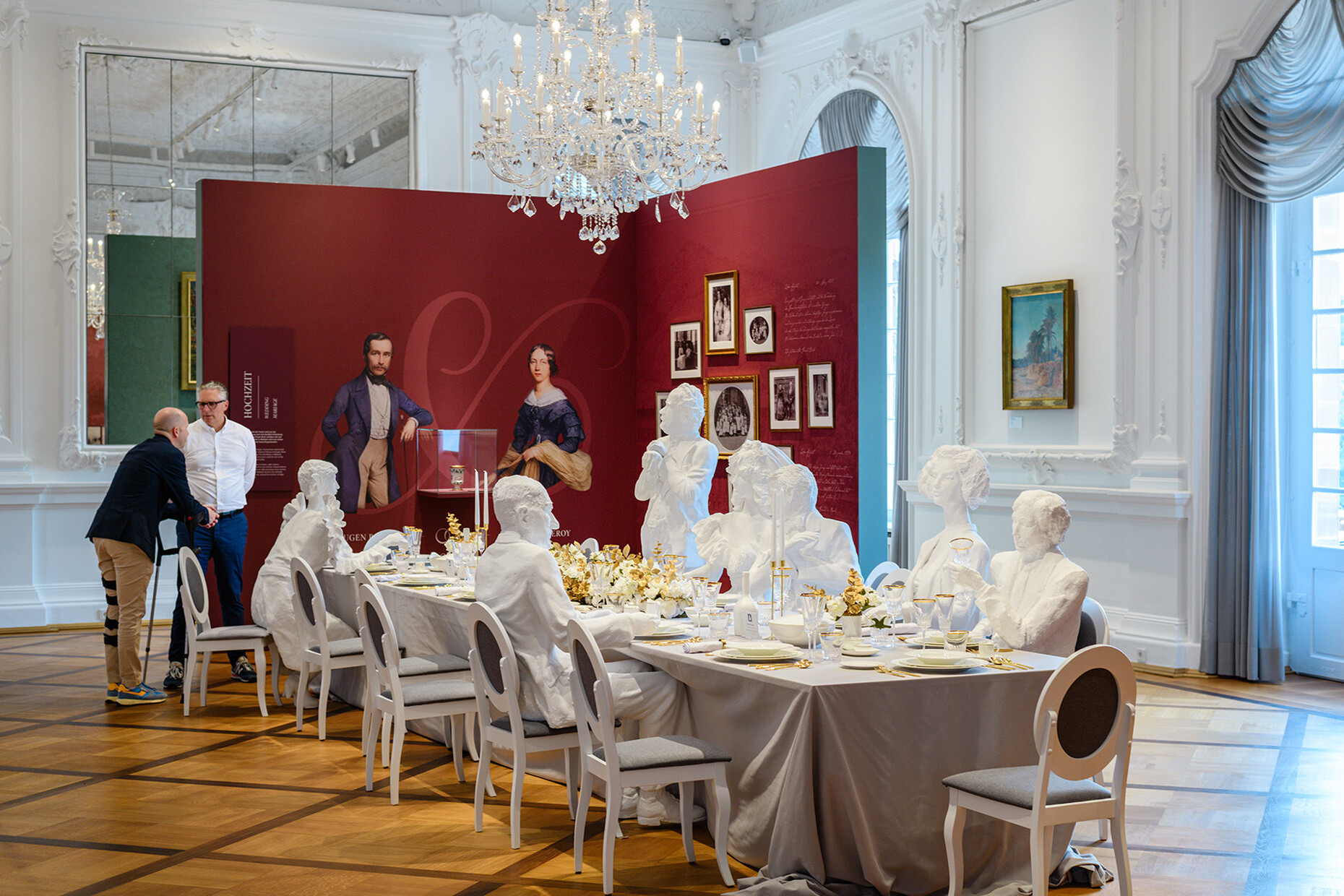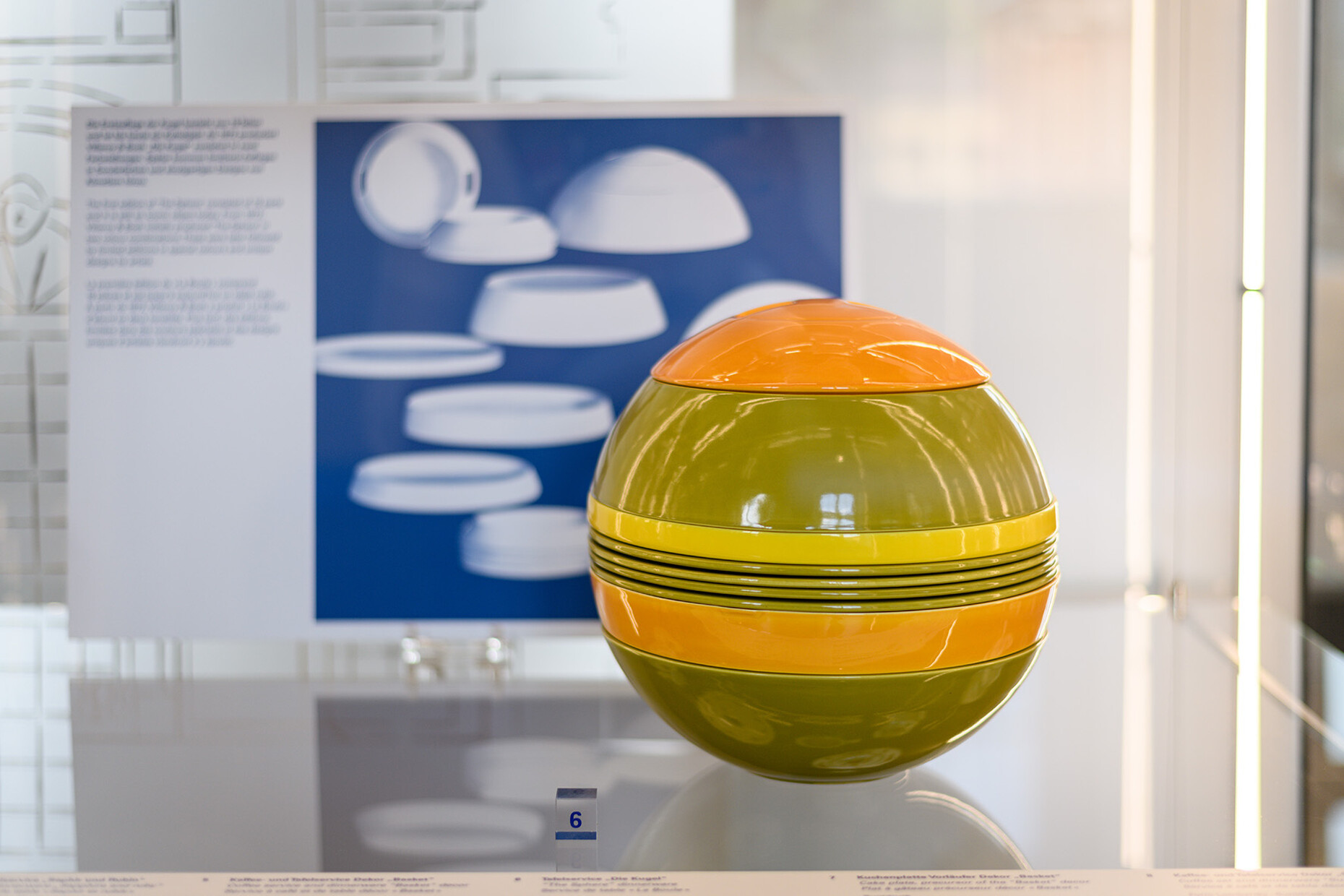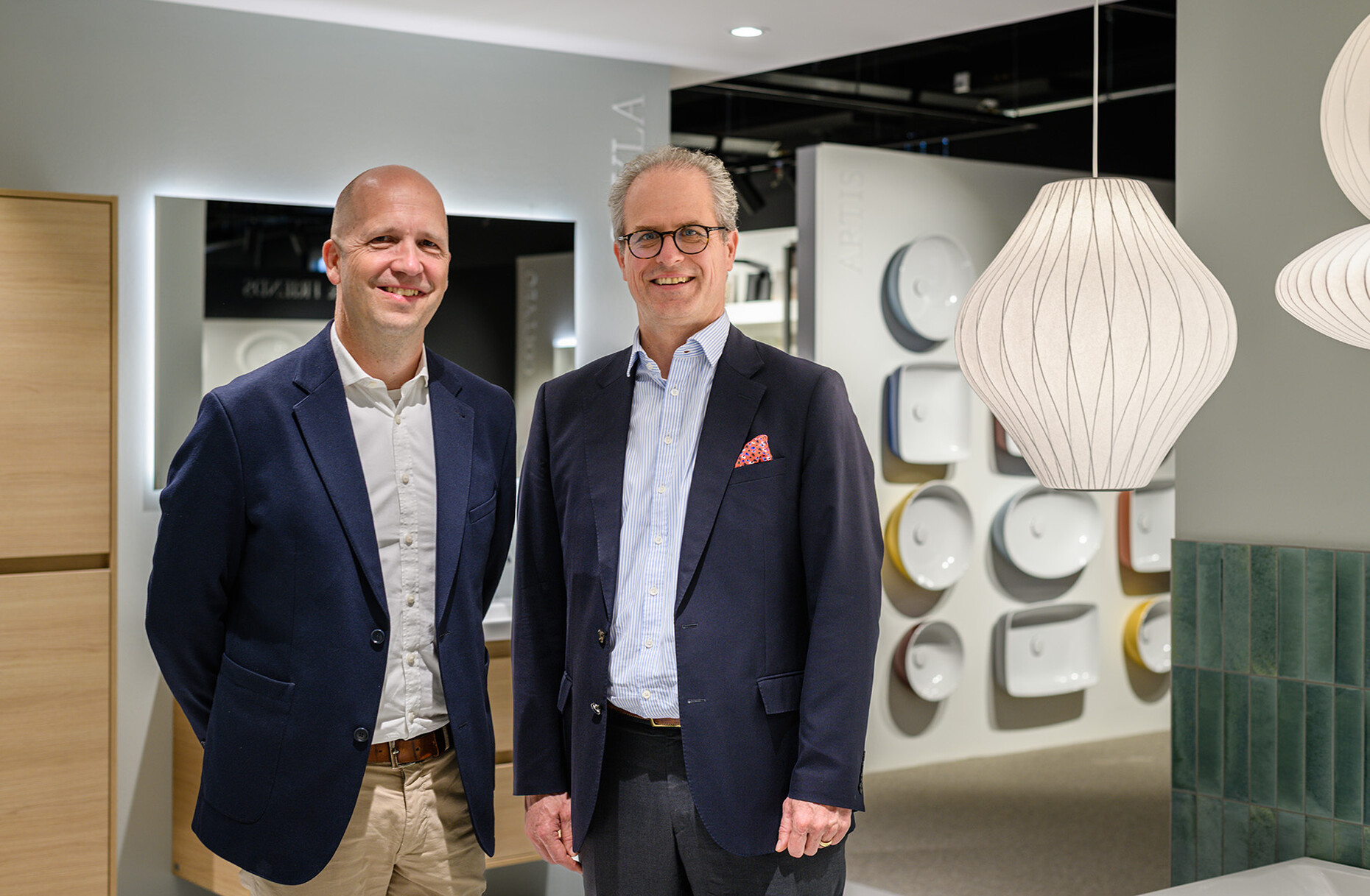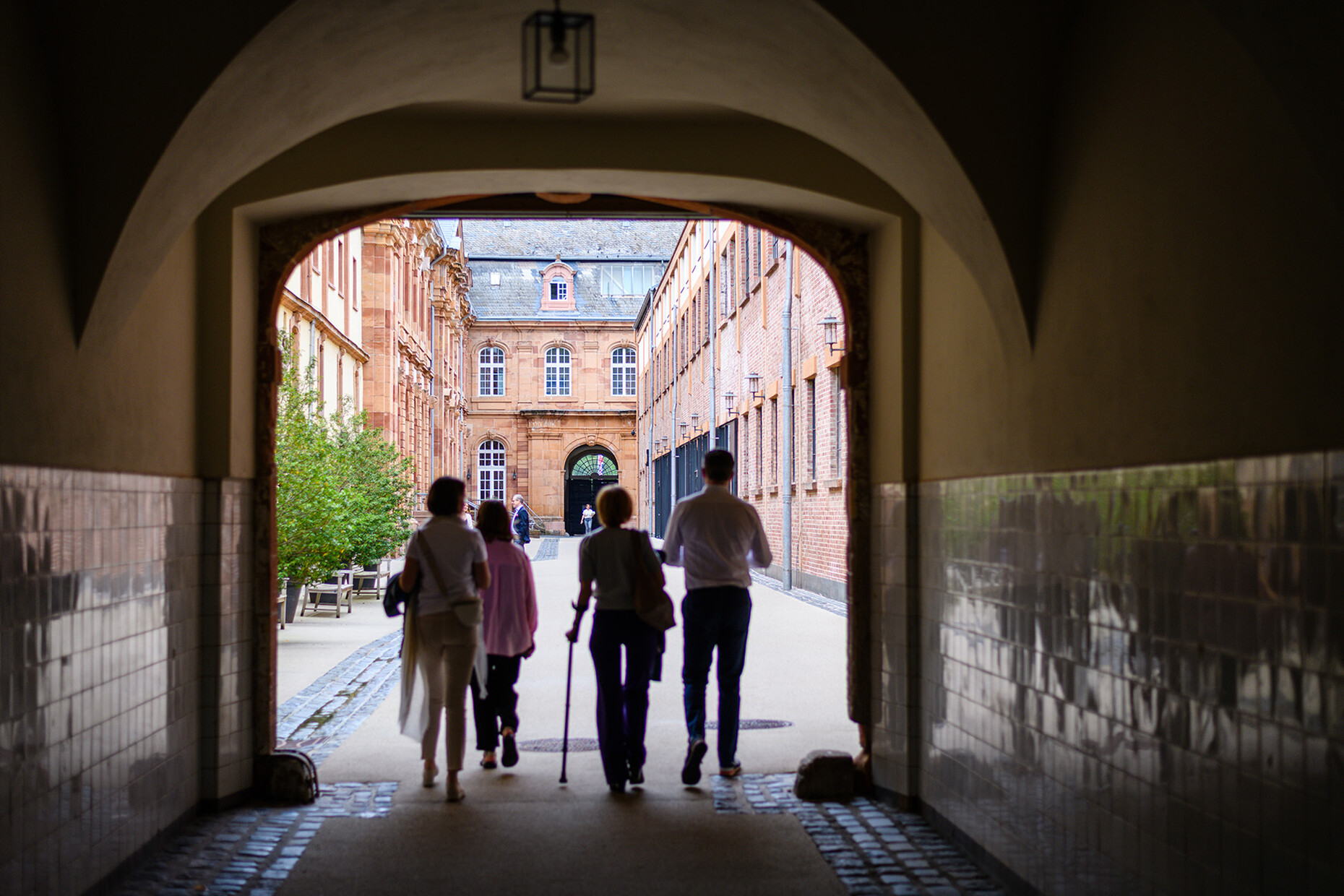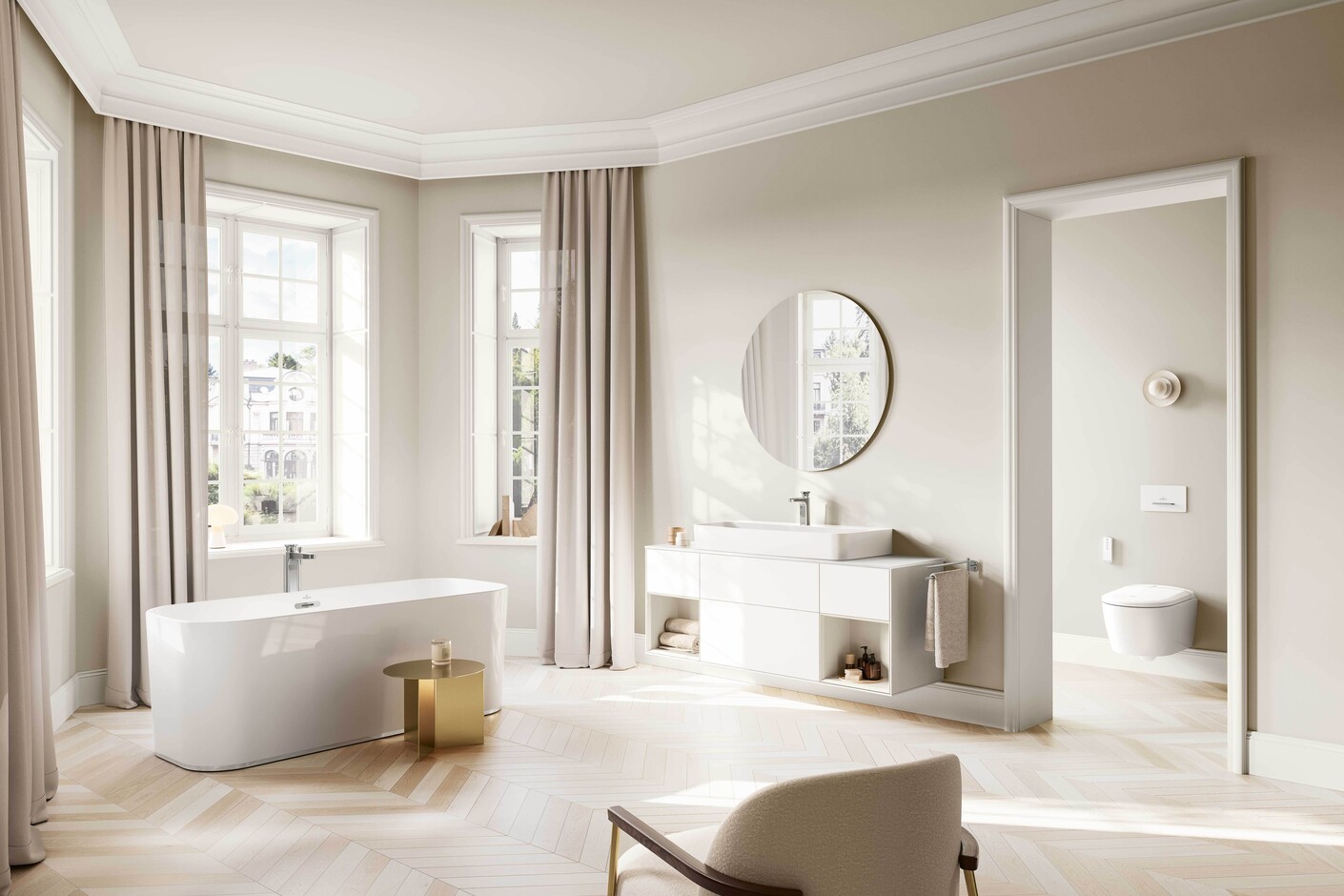STYLEPARK VILLEROY & BOCH
At full speed ahead
Franziska von Schumann: Constantin, what is the recipe for success in keeping a company that has been in existence for over 275 years fit for the future?
Constantin von Boch: I believe that as a company with a history spanning more than 275 years, it is essential to remain relevant in the eyes of our customers. We were already developing products in the Baroque period, and the fact that we are still on the market today has to do with the fact that we still offer products that customers like. I believe that is our biggest challenge. Innovative strength, quality and design are and have been our recipe for success over the centuries.
Robert Volhard: Sven, you are Executive Vice President of Marketing/R&D/Product Management at Villeroy & Boch and joined the team last year. What attracted you to the company?
Sven Ullrich: The relevance of the brands. And, of course, the expansion with Ideal Standard. This will make us one of the largest bathroom product manufacturers, with two strong brands that both have a long history. Looking at Villeroy & Boch, there is probably no other example of 277 years of ceramics expertise across such a wide range of areas. Ideal Standard was founded in 1901 and was at the forefront of design and architecture from very early on, working with industrial designer Achille Castiglioni, for example. For a few years now, we have been bringing the brand's origins back to the fore with Roberto Palomba.
Constantin von Boch: The key is to combine design and technology. We have to cater to contemporary tastes while also meeting technical requirements and market needs. Only if you excel in both areas can you qualify as a company for the next generation and remain successful in the market.
Sven Ullrich: The biggest lever is, of course, the brand. Villeroy & Boch is unique in the industry, enjoys international renown and inspires great confidence. Our aim is to further develop the strong consumer brand, attract customers to the showroom and to the trade, and pave the way for architects.
Franziska von Schumann: Constantin, you are responsible for architects and project business. Why should they work with you?
Constantin von Boch: Architects are showing great interest in the changes in the market. They are familiar with Villeroy & Boch, but do not always know what our goal is today, as we have historically come strongly from the end consumer business. Our brand awareness is based primarily on demand from customers renovating their private bathrooms. Although we have been involved in project business with architects, it has not been our primary focus. With the integration of Ideal Standard, we are now taking a big step forward – especially in the professional customer segment.
Robert Volhard: In your experience, how important is the topic of individualisation for architects?
Constantin von Boch: We recently conducted another qualitative survey on this topic, particularly in the five-star plus segment. There is definitely demand, even if it mostly concerns specific colours and materials. Even more important in our segment is a sustainable approach for architects, because they are working on buildings that will still need to be relevant in 25 years' time. For them, it is crucial to think ahead.
Sven Ullrich: Both brands represent design, quality and durability – Villeroy & Boch is positioned slightly higher upmarket, while Ideal Standard focuses strongly on architectural solutions. We are continuing to expand our range of surfaces and design styles so that architects have a wide selection to choose from. Our Singular planning tool makes it easy to specify complete projects – from suites with Villeroy & Boch shower toilets to standard rooms where an entry-level product from Ideal Standard can be used. This allows us to cover the entire spectrum.
Robert Volhard: The strategy is clear: Villeroy & Boch is to be further strengthened in the premium segment, while Ideal Standard is to be positioned higher up in a targeted manner – in line with the defined brand DNA.
Sven Ullrich: We have deliberately opted for a two-brand strategy: Villeroy & Boch will be further strengthened in the premium segment – with a clear focus on design, innovation and quality. The brand is to be upgraded without losing its approachability. It is not about luxury in the classic sense, but about modern, high-quality positioning with substance. Ideal Standard remains positioned as ‘smart premium’ – functional, solution-oriented and relevant for architects. The brand has a strong heritage, which we are currently refining with a clear profile and a suitable portfolio. Both brands are clearly differentiated in terms of design, price and target groups. Ideal Standard opens up additional potential, for example in the project business, e-commerce and DIY segments.
Franziska von Schumann: Villeroy & Boch is sometimes associated with a rather conservative style. What is your strategy here?
Constantin von Boch: The conservative image stems largely from the past. If you look at our product range, we have long been serving modern and diverse segments. We are continuing to develop the brand in a targeted manner in order to find the right solution for a wide range of architectural applications.
Robert Volhard: Tradition since 1748 – how much tradition can innovation tolerate, and vice versa?
Constantin von Boch: Continuous development is a tradition at our company. This is evident when you look at our history – whether it be our collaboration with Luigi Colani in the 1970s, who developed a collection and was the first to think of the bathroom as a whole, right down to the fittings. Or in the form of the bold campaign with Helmut Newton in the 1980s, which was the subject of heated internal debate at the time. We do not rest on our laurels, but use our history as motivation to constantly question the status quo and further develop the brand.
Franziska von Schumann: What strategic importance do research and development have at Villeroy & Boch?
Sven Ullrich: The integration of Ideal Standard has significantly expanded our development capabilities, particularly in the area of fittings. We now have two strong innovation centres in Wittlich and Mettlach, which are closely integrated with production. We invest specifically in research and development to create products that are relevant to users. We are currently taking a very close look at the wash area. An interdisciplinary team in product management is investigating usage, rituals and the relationship between ceramics and fittings. Inspired by visionary approaches such as those of Colani, holistic solutions are emerging that combine technology, design and user experience.
Robert Volhard: External influences are always important, such as those from designers – in your case, currently including Gesa Hansen, Christian Haas and kaschkasch. What future collaborations can we look forward to?
Sven Ullrich: At Villeroy & Boch, we deliberately focus on different design collaborations that fit perfectly with our projects – currently with Christian Haas, Gesa Hansen and Studio kaschkasch, for example. Together, we have created bathroom worlds that we recently presented at ISH, including the ‘Vea’ fittings series designed by Christian, the colour concept for “Artis” by Gesa and the ‘Antao’ collection by Studio kaschkasch. The focus is always on the Villeroy & Boch brand – we select designers for each project whose signature style and expertise are ideally suited to the target group. This gives us the freedom to set new trends depending on the theme. It is a real asset for Ideal Standard to continue working with Roberto Palomba. He has significantly sharpened the brand identity, knows the industry inside out and knows exactly what is important.
Robert Volhard: I find your answer very appealing, and the ongoing collaboration with Roberto Palomba is equally convincing. It also fits in well with the theme of tradition and quality assurance.
Sven Ullrich: Our approach is to consistently deliver on our design promise. Of course, we enjoy working closely with top designers, but the brand itself should stand for high-quality design that end customers and architects alike can rely on.
Franziska von Schumann: You are aiming to be climate neutral in the ceramics sector by 2045 and in the fittings sector by 2030. How are you implementing sustainability?
Sven Ullrich: For us, sustainability manifests itself on three levels: firstly, in the longevity of our products – a well-designed, high-quality product that lasts 20, 30 or 40 years is sustainable per se. Ideal Standard invented the ceramic cartridge that is now installed in every lever mixer tap. I was very impressed by that. The cartridge has to withstand 750,000 cycles before it shows signs of fatigue. The second level is the production process: we are continuously working on more efficient processes and more sustainable materials, even though energy requirements – for example, for kilns – remain a challenge depending on the location. There are two alternatives: electricity or hydrogen. Technically, we are ready for the changeover, but there is a lack of green infrastructure. Here in the Saar-Lor-Lux region, hydrogen could be an option. We have also been researching new materials for years. The Alu+ series, for example, consists of 84 per cent recycled aluminium. And the third level, where we are also focusing our efforts, is the usage phase, i.e. water consumption. All fittings have been converted to cold start to save water. We are optimising flow rates for showers, fittings and toilets and developing products with a better environmental balance.
Robert Volhard: How do you see the current market environment?
Constantin von Boch: We are noticing that projects that had been shelved are being taken out again. I don't think that things will become any more difficult in Germany than they already are, even though the current situation is already putting a strain on companies. In addition, the market in Germany is unique because building permits are generally lengthy and complicated.
Sven Ullrich: Initial signs of recovery are visible, but it is taking time. Markets are developing differently around the world. The integration of Ideal Standard has given us a much broader geographical footprint, particularly in Europe, where we have traditionally been strong. Our footprint is now much more balanced and less centralised. The integration has also significantly strengthened our position in the project business, which we are continuing to expand in a targeted manner.
Franziska von Schumann: Where will Villeroy & Boch be in five years?
Sven Ullrich: In five years, we want to be the design and innovation leader in the field of ceramics and fittings. With our two-brand strategy, we are investing specifically in both brands and developing them further in collaboration with architects and interior designers – always with a focus on genuine innovation for end customers.
Constantin von Boch: As a family-owned company, we continued to invest during the crisis – deliberately countercyclically and with a long-term perspective. We are now taking advantage of the calmer market phase to drive forward integration in a targeted manner and combine the best of both worlds. In five years, we want to be in a stronger position – with a larger market share, greater impact and a clear positioning as a manufacturer with genuine expertise in ceramics and fittings.

